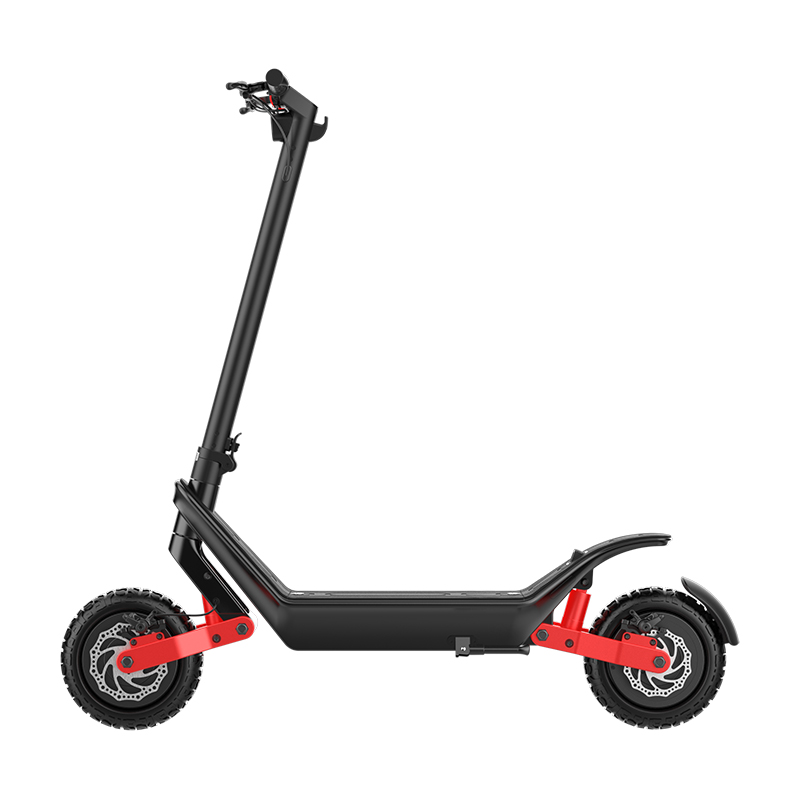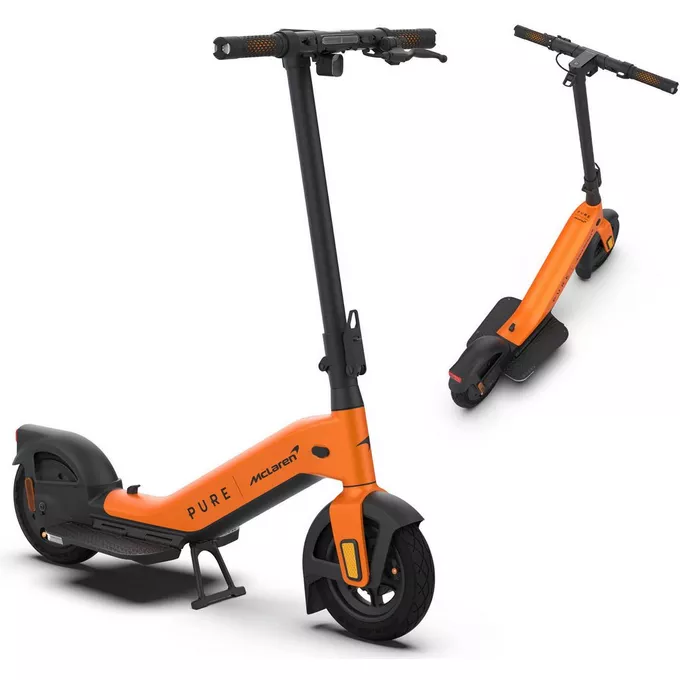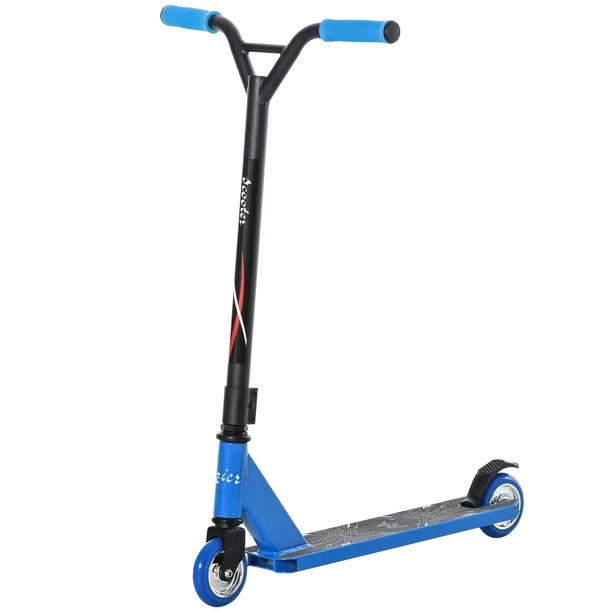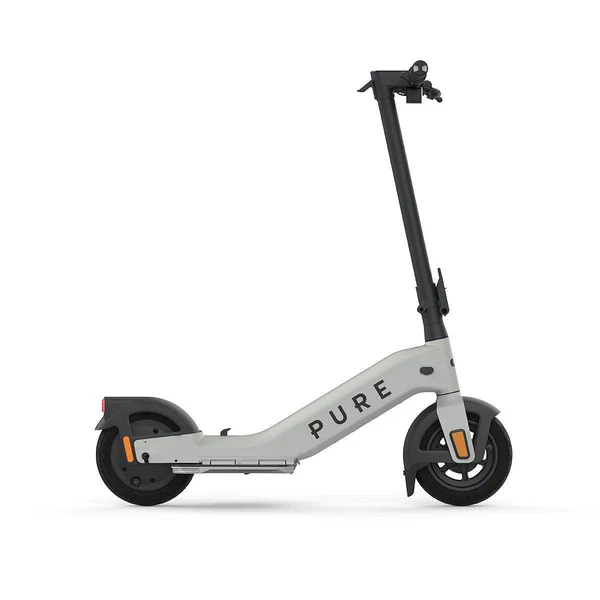Common Reasons a Scooter Won’t Start with an Electric Starter
Experiencing a scooter that won’t start with an electric starter can be frustrating. Several common issues could lead to this problem. Understanding these reasons helps scooter owners to identify and fix the starting trouble efficiently. Below are the typical culprits that prevent a scooter from starting:

- Dead Battery: A battery with no charge is the most frequent reason for electric starter failure. Scooters need a charged battery to power the starter motor.
- Loose Connections: Sometimes, electrical wires may become loose. This can disrupt the flow of electricity to the starter.
- Faulty Starter Motor: The starter motor itself might be the issue. If it is not functioning, the scooter won’t start.
- Defective Ignition Switch: A damaged ignition switch can fail to send the signal to start the engine.
- Bad Starter Relay/Solenoid: If the starter relay doesn’t work, the current won’t reach the starter motor.
- Blown Fuse: A blown fuse in the electric starter circuit can prevent power from reaching necessary components.
- Corroded Terminals: Corrosion on battery terminals or connectors impedes electrical conductivity.
- Faulty Safety Switch: Scooters have safety switches which can prevent the engine from starting if not engaged.
- Empty Gas Tank: While not directly linked to the electric starter, an empty gas tank obviously means the scooter won’t start.
- Clogged Carburetor: For scooters with carburetors, a clog can prevent fuel from reaching the engine.
- Old Spark Plug: A worn-out spark plug can cause starting issues and might need replacement.
Troubleshooting the exact cause among these common reasons is key to getting your scooter running again. Be sure to check each one systematically.
Step-by-Step Guide to Diagnosing Electric Starter Problems

When your scooter won’t start with an electric starter, begin with a methodical approach to troubleshooting. Follow these steps for a thorough diagnosis:
- Check the Battery: Ensure your scooter’s battery is fully charged. Use a multimeter to check the voltage level.
- Inspect Connections: Look for any loose wires or corroded terminals. Tighten connections and clean any corrosion.
- Test the Starter Motor: Listen for a clicking sound when you press the start button. No sound could indicate a faulty motor.
- Examine the Ignition Switch: Turn the key to see if the electrical system engages. If not, the switch may be defective.
- Evaluate the Starter Relay: Use a multimeter to check for current at the relay. A failing relay won’t send power to the motor.
- Check the Fuse: Find the starter circuit fuse and inspect it for damage. Replace it if it’s blown.
- Assess Safety Switches: Make sure all safety switches, like the kickstand sensor, are functioning correctly.
- Fuel and Carburetor: Confirm there’s fuel in the tank, and if you have a carburetor, it’s not clogged.
- Spark Plug Inspection: Remove the spark plug and check for signs of wear or damage. Replace if necessary.
Going through these steps one by one will help isolate the issue. Remember to ensure your scooter is on stable ground and that the kill switch is in the ‘run’ position before starting your diagnosis. Safe troubleshooting should always be your priority.
Battery Issues: Charging and Maintenance Tips
To keep your scooter starting smoothly, good battery health is crucial. Here’s how to maintain it:
- Regular Charging: Charge your scooter’s battery after each use, even after short rides. This helps maintain battery life.
- Proper Storage: When not using your scooter, store the battery in a cool, dry place. Extreme temperatures can damage it.
- Clean Terminals: Check the battery terminals regularly for corrosion. Clean them with a brush and corrosion removal fluid if needed.
- Tight Connections: Ensure the terminals are tight. Loose connections can prevent your scooter from starting.
- Check Voltage: Use a multimeter to check the battery voltage often. A low voltage signals it’s time to charge.
- Avoid Draining: Don’t let your battery drain completely. This can reduce its lifespan and reliability.
- Battery Replacement: Batteries have a limited lifespan. Replace yours if it struggles to hold a charge or starts inconsistently.
By following these tips, you can avoid many common battery-related problems that could prevent your scooter from starting with an electric starter.

Electrical Connections: Ensuring Proper Contact
Having proper electrical connections is key when ensuring that your scooter starts reliably. Here are some practical steps to ensure good contact and avoid common hurdles that may arise due to electrical connectivity issues:
- Inspect Cables: Regularly check all the cables for wear and tear. Frayed and damaged cables can cause intermittent contact.
- Tighten Loose Connections: Vibrations from the scooter can loosen connections over time. Periodically tighten all the screws and connectors.
- Clean Contacts: Corrosion and dirt on the contacts can prevent electrical flow. Clean them with a suitable contact cleaner.
- Secure Grounding: Ensure the ground wire is securely attached to the chassis. A poor ground can lead to starting difficulties.
- Quality Components: Use only good quality wires and connectors. Cheap materials can degrade faster and cause issues.
By following these steps, you help ensure that your scooter won’t have trouble starting due to poor electrical connections. Regular maintenance will ensure your electric starter functions when you need it.
Starter Motor and Relay Troubleshooting
If your scooter won’t start with an electric starter, the starter motor and relay could be at fault. Here’s how to troubleshoot these components effectively:
- Listen for the Click: When you press the starter button, listen carefully. A clear click sound often means the relay is working, but a faint or absent click could point to a relay or motor issue.
- Check the Relay: Locate the starter relay and use a multimeter to test for power. No power at the relay suggests a wiring or switch problem.
- Relay Swap Test: If possible, swap the relay with a known good one. If the starter works with the replacement, your relay is the problem.
- Inspect Starter Motor: Check the motor for any visible signs of damage or wear. Burnt smells or oil leakage could indicate a failing motor.
- Voltage Test: Use a multimeter to measure the voltage at the starter motor while pressing the start button. Low or no voltage can signal an electrical issue upstream.
- Direct Power Test: Carefully apply power directly to the motor with jumper cables. If it doesn’t turn, the motor likely needs repair or replacement.
Troubleshooting the starter motor and relay promptly can save you from being stranded. Remember to always take safety precautions while working on your scooter’s electrical system.
Safety Precautions When Working on Your Scooter’s Electric Starter
When troubleshooting your scooter’s electric starter, safety should be your number one priority. Here are several key precautions to follow:
- Turn Off Power: Always start by turning off the scooter and removing the keys to prevent accidental startup.
- Wear Protective Gear: Use safety glasses and gloves to protect your eyes and hands from sparks or corrosion.
- Avoid Water: Ensure your work area is dry. Water can cause electric shocks or short circuits.
- Check for Gas Leaks: Before starting, check for fuel leaks which could be a fire hazard.
- Use Insulated Tools: To prevent electrical shocks, make sure to use insulated tools while working on the electric starter.
- Proper Ventilation: Work in well-ventilated areas to avoid inhaling toxic fumes from batteries or cleaners.
- Beware of Moving Parts: Keep clear of belts, fans, and other parts that could start moving without warning.
- Disconnect Battery: When possible, disconnect the battery before working to prevent electrical surges.
- Read the Manual: Consult your scooter’s manual for specific safety guidelines related to the electric starter.
- Stay Informed: Be aware of the scooter’s warranty conditions to avoid voiding them during repairs.
By adhering to these safety measures, you help ensure not only the scooter’s functionality but also your own protection during the repair process.
When to Seek Professional Help: Recognizing Complex Electrical Issues
While many electric starter issues can be diagnosed and fixed at home, some problems are more complex. Knowing when to seek professional help is important to avoid causing further damage. Look out for the following signs that indicate the need for a skilled technician:
- Persistent Problems: If you’ve tried all troubleshooting steps and the scooter won’t start, a professional can help.
- Complex Wiring: Scooter wiring can be intricate. If you’re not confident in your ability to navigate the wiring safely, get an expert.
- Recurring Electrical Faults: Frequent electrical problems suggest deeper issues that likely require specialized knowledge.
- Safety Concerns: If at any point you feel uncomfortable or unsure about the safety of your repairs, it’s time to call a pro.
- Warranty Stipulations: Some repairs may require skills that only a certified technician can offer without voiding your warranty.
- No Clear Diagnosis: When a clear diagnosis isn’t apparent after systematic testing, a professional might find less obvious faults.
- Advanced Tools Needed: Specific issues might call for tools or diagnostic equipment that are not typically available to DIYers.
- Upgraded Systems: Modern scooters with advanced technology often need software diagnostics that only a dealer or specialized mechanic can perform.
Overall, while basic maintenance and simple fixes can be handled independently, don’t hesitate to seek out a professional for complex electrical issues. It can save you time and ensure your scooter is repaired correctly and safely.
Preventative Measures to Avoid Future Electric Starter Problems
To ensure your scooter’s electric starter remains reliable, preventive steps are vital. Implement these measures for a hassle-free start every time:
- Regular Inspection: Routinely check your scooter’s battery, wires, and connections for any signs of wear or corrosion.
- Maintain Charge Levels: Keep your battery charged; avoid letting it dip below critical levels to avoid long-term damage.
- Proper Storage: Store your scooter away from extreme temperatures and moisture to protect its electrical components.
- Prompt Replacements: Replace parts like spark plugs, fuses, and relays before they fail to prevent starting issues.
- Frequent Cleaning: Clean the battery terminals and starter motor connections regularly to prevent build-up that can interfere with electrical current.
- Use Quality Parts: Always opt for high-quality replacement parts that are compatible with your scooter to maintain optimal performance.
- Follow Manufacturer Guidelines: Adhere to your scooter’s maintenance schedule as recommended in the owner’s manual.
- Professional Inspections: Have your scooter inspected periodically by a professional to catch issues before they escalate.
- Educate Yourself: Learn about your scooter’s electrical system basics so you can recognize minor problems before they turn major.
By taking these proactive steps, you reduce the risk of your scooter refusing to start with an electric starter. Keep in mind, a well-maintained scooter is more reliable, safer to ride, and holds its value better over time.


